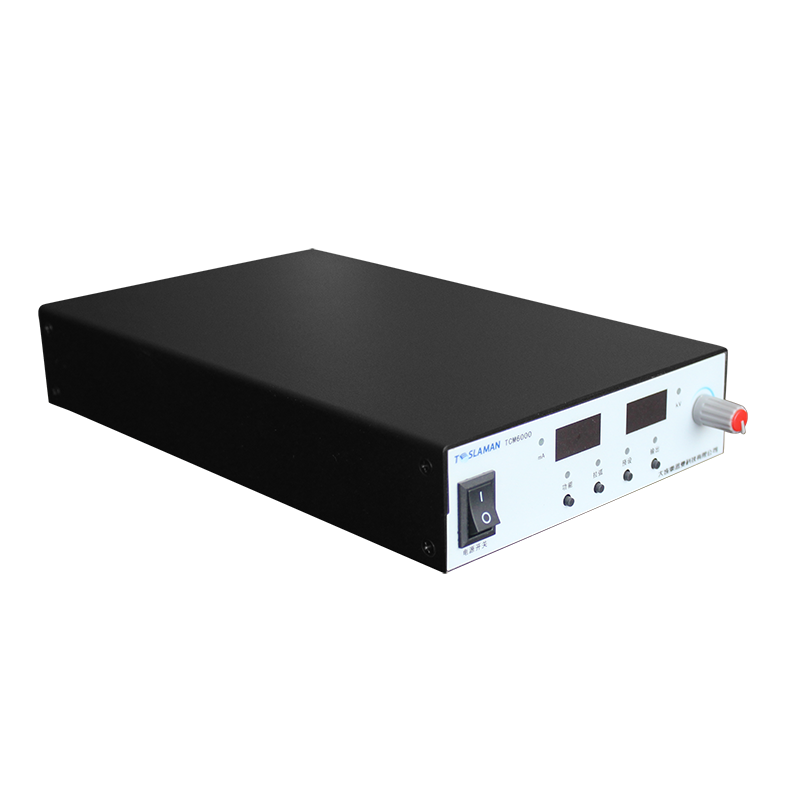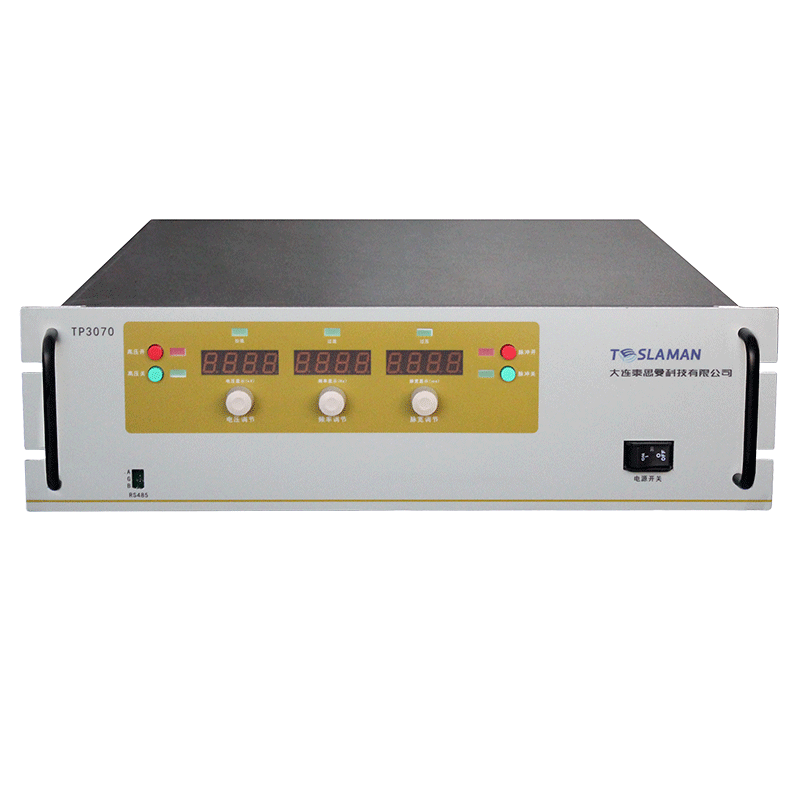Innovation in Radiation Protection for Nuclear Medicine Power Supplies
In the field of nuclear medicine, the safe use of radionuclides is central to protecting the health of patients, medical staff, and the environment. High-voltage power supplies, as critical energy components in nuclear medicine equipment (such as PET/CT and single-photon emission computed tomography SPECT), must balance efficient power supply with radiation protection. As nuclear medicine advances toward precision and high-resolution imaging, traditional protection methods struggle to meet the low-dose and high-safety requirements of new-generation devices. This article explores innovative approaches to radiation protection for nuclear medicine power supplies through material innovation, structural design, and intelligent control.
1. Radiation Characteristics and Protection Challenges of Nuclear Medicine Power Supplies
High-voltage power supplies in nuclear medicine equipment primarily drive detectors (such as photomultiplier tubes) and radiopharmaceutical preparation systems, operating in environments with ionizing radiation like γ-rays and β-rays. Prolonged radiation exposure can degrade internal electronic components (e.g., increased capacitor leakage current, reduced transistor gain) and even cause circuit failures. Additionally, electromagnetic noise from power supplies may interfere with radiation detection signals, affecting imaging quality. Traditional protection relies on lead shielding, which is effective but heavy, space-consuming, and inconvenient for maintenance, while failing to address component radiation sensitivity. Thus, a new protection system must be built across material-structure-control dimensions.
2. Innovative Technical System for Radiation Protection
2.1 Upgrading Radiation-Resistant Materials
Traditional metal shields (e.g., lead, tungsten) are limited by thickness, and lead’s toxicity is a growing concern. New composite materials are emerging:
Boron-based composites: Combining boron carbide (B₄C) with polymers leverages boron’s high thermal neutron capture cross-section (σ=3837 barns) to enhance neutron radiation shielding without added weight, suitable for power supplies near neutron sources.
Heavy-metal alternatives: Non-toxic materials like tungsten alloys and bismuth-based alloys replace lead, maintaining γ-ray shielding efficiency (e.g., 10mm bismuth alloy attenuates 65% of 1MeV γ-rays) while reducing environmental risks.
Nanocoating technology: Coatings containing hafnium (Hf) or gadolinium (Gd) on circuit boards use their high atomic numbers (Hf: Z=72, Gd: Z=64) to enhance low-energy γ-ray absorption via the photoelectric effect. A 50-100μm coating can reduce local radiation dose by over 40%.
2.2 Low-Radiation Structural Design and Layout Optimization
Physical design directly impacts radiation leakage paths and component exposure:
Modular isolation: Separating high-voltage, control, and signal processing modules, with tungsten alloy shields for high-voltage modules, creates localized protection for radiation hotspots. Testing shows modular design reduces radiation dose rate in control modules from 200μSv/h to <30μSv/h.
Path suppression: Optimized internal wiring minimizes radiation leakage through cables and vents. For example, serpentine air channels with lead foil filters reduce scattered radiation by 55%; double-shielded cables (aluminum foil + braided copper) suppress radiation-coupled noise by 20dB.
Passive-active hybrid protection: Inner casings lined with scintillator materials (e.g., plastic scintillator BC-400) trigger photoelectric sensors when dose thresholds are exceeded,联动控制系统降低电源功率输出,forming a dual protection mechanism of physical shielding + intelligent response.
2.3 Intelligent Radiation Monitoring and Adaptive Control
IoT and AI enable dynamic protection systems:
Distributed dose sensing networks: Miniature ionization chambers or semiconductor detectors (e.g., Si-PIN diodes) at critical power supply locations (high-voltage transformers, capacitors) monitor real-time dose rates, transmitting data via CAN bus to form 3D dose maps.
Adaptive power regulation algorithms: Machine learning models establish mappings between radiation doses and power supply parameters. When doses exceed thresholds, the system automatically adjusts voltage or switches modes (e.g., continuous wave to pulse), reducing peak doses by 30–45% in experiments.
Remote operation and early warning systems: Cloud platforms monitor radiation data from multiple devices, using big data analytics to predict component aging and prewarn of leakage risks. For example, tracking capacitor leakage current predicts radiation damage, shifting from reactive to proactive maintenance.
3. Typical Application Scenarios and Effectiveness Verification
In upgrading a hospital PET center’s whole-body scanner, a boron-based composite-shielded power supply reduced the operation room’s radiation background from 8μSv/h to 2.3μSv/h, meeting ICRP’s strict public annual dose limit (1mSv). In a radiopharmaceutical production facility’s cyclotron power system, nano-coatings and adaptive power control reduced annual staff exposure from 5.2mSv to 1.8mSv, less than 1/10 of the occupational limit (20mSv/year). Portable nuclear medicine devices with lightweight tungsten alloy shields cut整机重量 by 40% while maintaining shielding equivalent to 8mm lead, enhancing on-site safety and mobility.
4. Future Development Directions
Future innovations will focus on: ① Theoretical breakthroughs and engineering applications of metamaterial shielding (e.g., photonic crystals); ② Real-time dose prediction models using deep learning for autonomous protection optimization; ③ Biodegradable eco-friendly shielding materials to reduce radioactive waste from decommissioned equipment.
Conclusion
Innovation in radiation protection for nuclear medicine power supplies is critical to ensuring safe precision medicine. Through synergistic advancements in radiation-resistant materials, low-radiation structures, and intelligent protection systems, modern high-voltage power supplies are transitioning from passive shielding to active protection. With interdisciplinary integration, nuclear medicine equipment will achieve continuously improved radiation safety, laying a solid foundation for precision applications in oncology, cardiovascular imaging, and beyond.




















